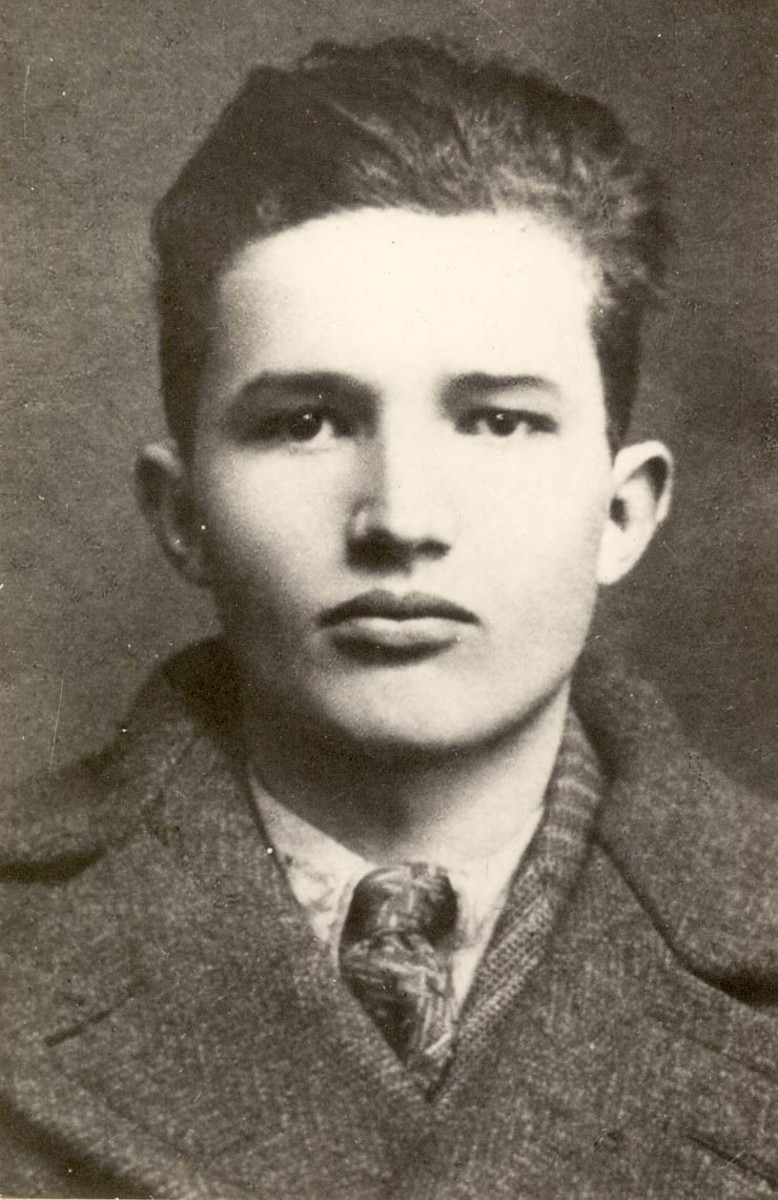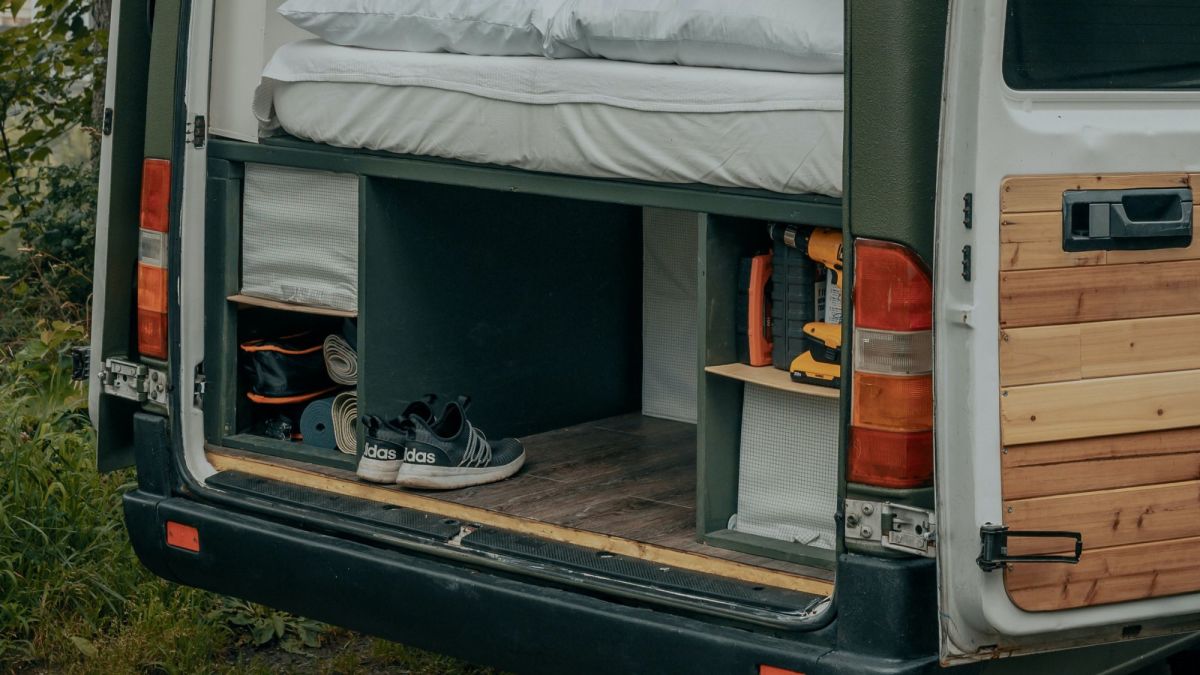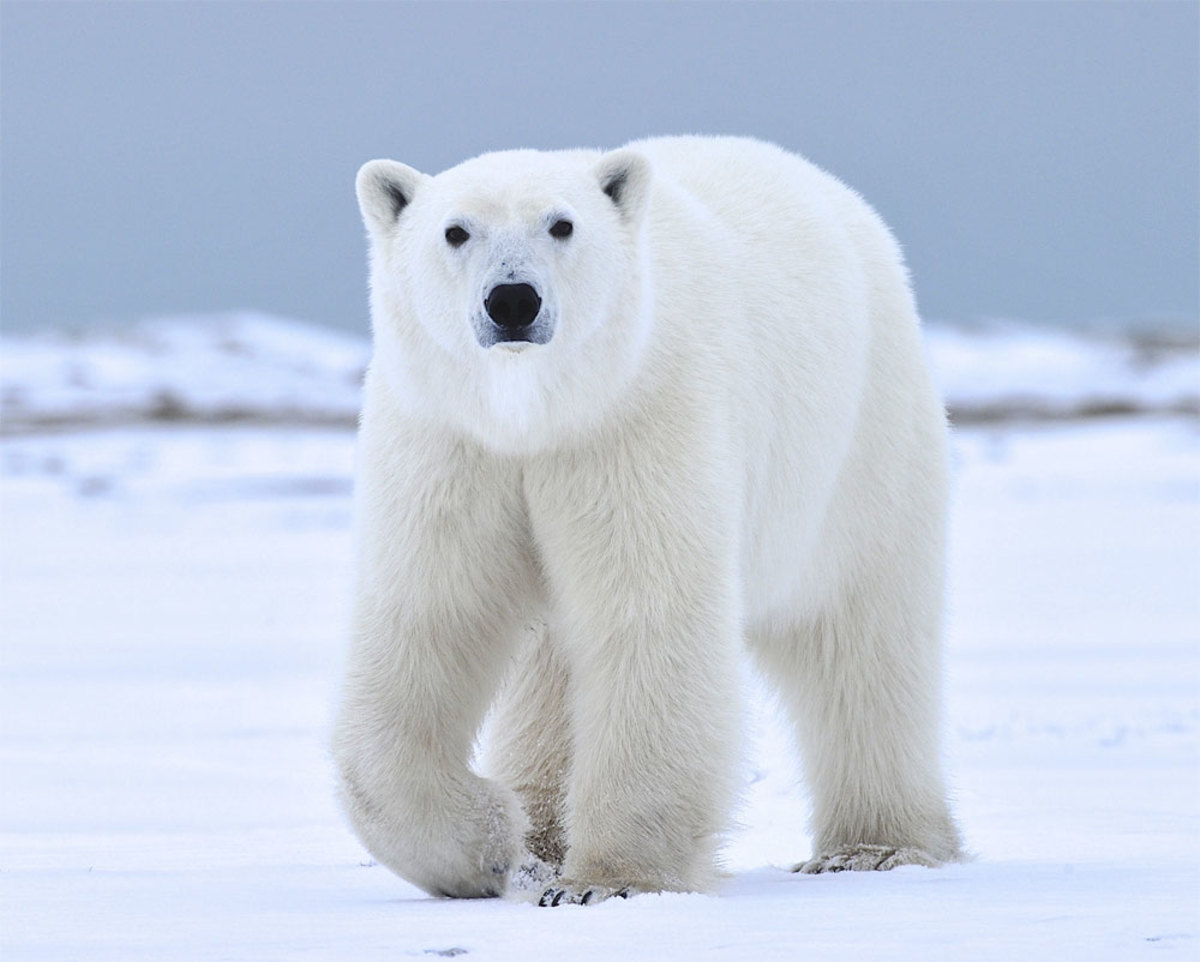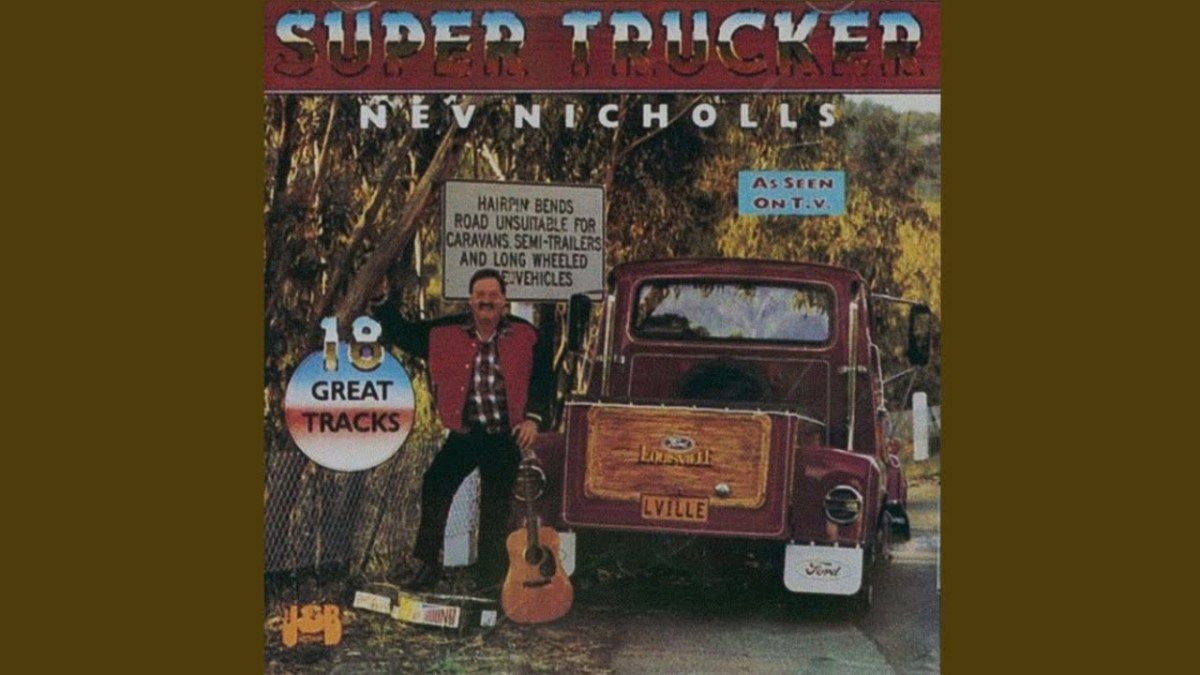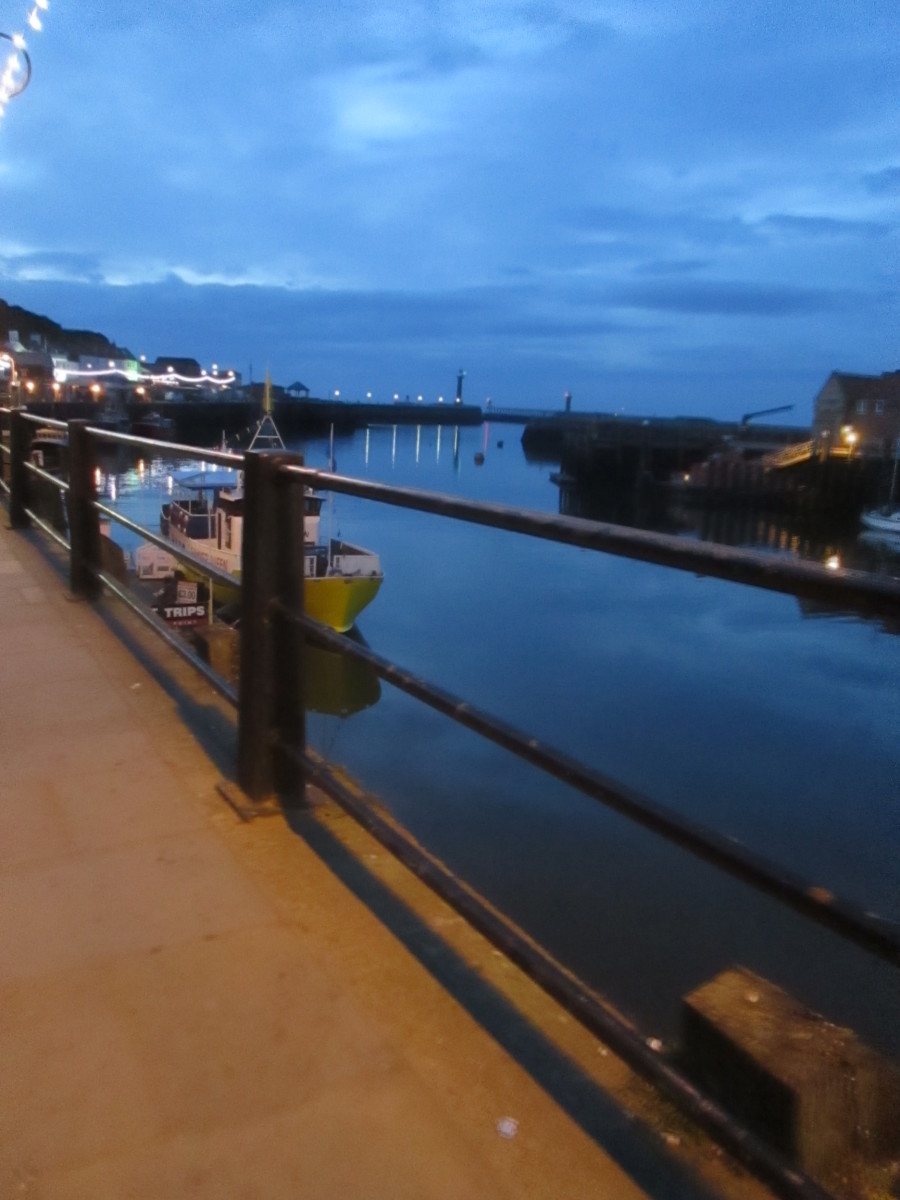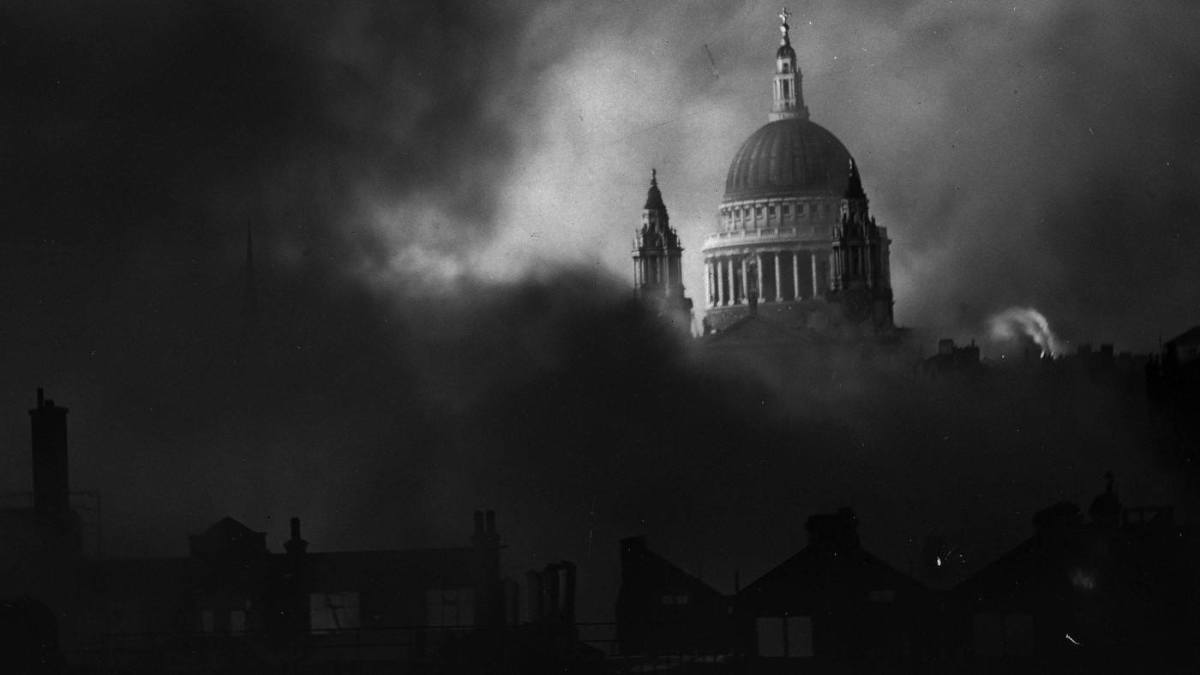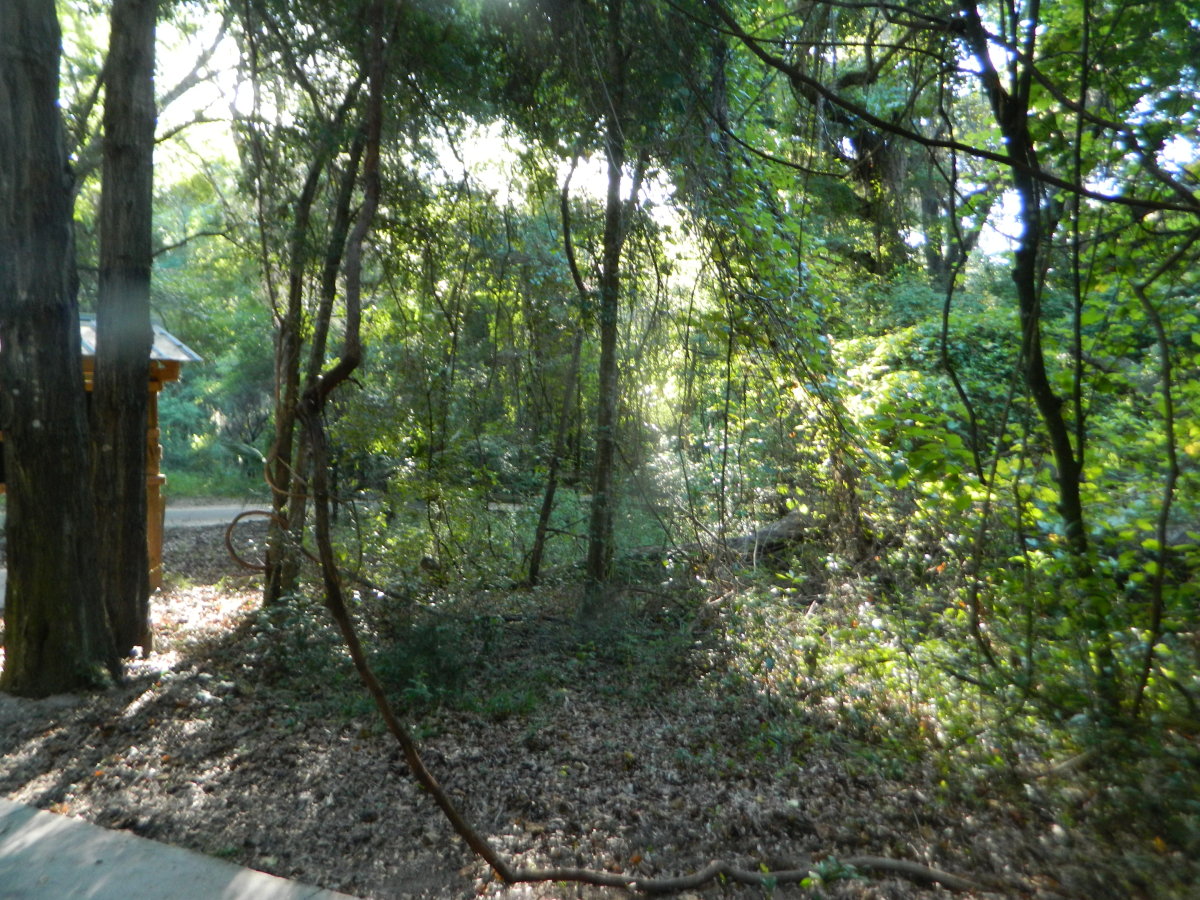Bear Stalking: Hunting With a Camera in Romania
There is now an alternative way to shoot bears. With bear stalking, the camera takes the place of the rifle, and the photograph takes the place of the trophy. And a picture of one of these magnificent creatures is an incredible prize.
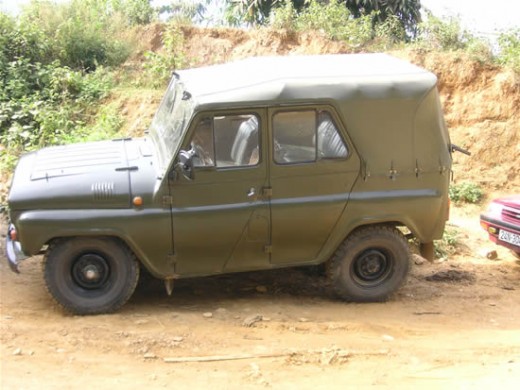
Bear-ly There
The Russian jeep was an ugly beast of a machine but it did its job, forcing its way through the forest undergrowth along tracks churned up and slewed with mud. We'd been driving for about forty minutes now, first swerving across the entire width of pockmarked back roads to avoid potholes, then along a gravel road through a steep river valley lined with lodges. And finally up this muddy track deep into the forest in the Harghita Mountains, in the heart of Transylvania. It had been raining all day.
Earlier, I'd begun to doubt that our expedition was possible.
"It's OK," said our guide, as great banks of cloud swelled and loomed behind him, threatening more rain. "They love the rain. We'll definitely see them now."
After a while the track thinned, too narrow for the jeep. We parked and walked. The forest was hushed and dark, like a cathedral. We trudged on in single file - the guide, myself and two friends - stepping over the broken remains of fallen trees, skirting great pools of muddy water, along a path thick with leaf mould. Our boots became heavy with mud.
Eventually our guide put his finger to his lips and waved us to a halt. He brought his binoculars up and then, with an urgent jerk of his hand - binoculars still pressed to his eyes - indicated that we were to move off the track. We ducked behind trees. After that he handed me the binoculars.
"Up ahead," he whispered. "In the clearing."
It was hard to make out at first. The clearing was about 100m further along the track. The sun had just come out making it hazy with sunlight. I could see the waving fronds of grasses and small clumps of bush, and then, in amongst it all, a dark shape moving about. Several shapes.
I brought the binoculars into focus and the shape became a recognisable form. Great hunched, muscular shoulders, thick with fur. A slow, stately amble, nuzzling, head down, amongst the grasses. Small, pointed ears and a long, wet snout.
It was a bear, strolling about among a family of wild boar, serenely self-confident, king of his forest realm.
He was a young male, four to five years old, our guide told us. An Ursus Arctos, the Carpathian brown bear, a type of European bear which once ranged throughout the continent, from Scotland to Romania.
Mostly gone now from Europe's forests, they are in abundance here in Harghita, one of the last European wildernesses outside of Russia.
Almost half of Europe's bear population is in Romania. And there are also an estimated 3,500 wolves, 1,500 lynx, and even larger numbers of deer, stag, boar, wildcats, stoats, badgers and foxes. This is wild country. The wild, wild East.

Thank you, Ceausescu
There are very few things the people of Romania can thank Nicolae Ceausescu for, but this vast forest is one of them. You see, these Transylvanian woods aren't ancient. Most had been cut down by the World War II, but were replanted again under orders from the post-war communist dictator.
Not that Ceausescu did this out of generosity for his people or for ecological reasons. It was more to do with personal vanity, because he liked to hunt. And whatever Ceausescu liked to do he did, often in a big way.
The one-time partisan (and surely communism's most eccentric leader) had a particular way of hunting. Bears were lured by bait or driven by beaters to a waterhole, overlooked by one of his many lodges, so that he could shoot them in comfort and security and in large numbers. On one day in the autumn of 1983 he shot 24 bears.
Fortunately for the bear population he also banned all other Romanians from hunting them. There are now between 2,500 and 6,000 bears in the country. The lower figure is that of the Aves Foundation, a conservation group based in Odorheiu Secuiesc in Harghita. The higher figure is the Ministry of Agriculture, which is also responsible for selling hunting licenses.
After Ceausescu's fall in 1989 bear hunting became big business, with Western tourists sometimes paying more than 10,000 Eu to shoot a large bear.
The amount they pay depends on the animal's trophy points, determined by the size of its skull and the quality of its fur. Mature males, which can grow up to ten feet tall, are the most prized and also the most rare. They have been all but wiped out in the wild.
Export of hunting trophies is now illegal, and the bear is a protected species under European law, but Romania is one of the few countries in Europe where bear hunting still continues. Other countries include Slovenia and Russia.
There is now an alternative way to shoot bears. With bear stalking, the camera takes the place of the rifle, and the photograph takes the place of the trophy. And a picture of one of these magnificent creatures is an incredible prize.
We were still edging forward along the track, ducking in and out behind trees, towards the clearing, when I trod on a twig. It cracked. The bear stood on its hind legs. It peered towards us and sniffed the wind, its front paws raised, its head craned in our direction. We were out in the open, no more than 50m from the bear. It was at least eight and a half feet tall. You could see by the muscle on it shoulder and the size of its paw that it could kill a man with a single blow.
Finally it drops onto all four paws and goes back to nuzzling about in the undergrowth, and our little band clambers quickly up the steps of the hide into safety, from where we watch the bear through binoculars for another half an hour more as it ambles about amongst the family of boar, feeding. Every time the bear comes near the boar scatter. It is very clear who is the boss in this place. At one point it shakes itself sending sprays of raindrops into the air. Eventually, feeding over, it wanders back into the forest.
The bear necessities
On 23June 2007 an American woman and her companions surprised a bear on a track in the Bucegi mountains, Romania. The bear killed her and seriously injured two others. But death by bear is a very rare occurrence.
The woman and her companions had thrown stones at the bear to drive it away - exactly the wrong thing to do because, although the brown bear is generally shy of humans, it can be dangerous if it is surprised or feels threatened. It has good hearing and a good sense of smell but poor eyesight. If it hears you or smells you it will avoid you.
Here are the bare necessities of what you should do next you come across a bear in the woods.
DON'T:
- approach a bear as it will see this as a threat
- enter a bear's cave
- approach a pregnant female or one with cubs
- run away
- throw stones
DO
- make sure the bear can see you and hear you
- move away slowly, keeping off any track that it might need for escape
And note, if a bear stands up on its hind legs this is not a sign of aggression, only curiosity.
More about Romania by CJ Stone
- Beyond The Forest: Journeys to the Heart of Transylvania, Romania
Transylvania is a country of miracles, of legends, of strange tales, full of mystery. CJ Stone discovers scepticism and the Milky Way and meets a statue of a multi-armed goddess-tree with a macabre tale attached. - Bear Nation: Looking For Bear in Harghita County, Transylvania - Part 1
At one point he was struggling for a word. "This is not good for the bear... the bear..." He was trying to find a word to describe the family of bears as a whole, frustrated at his lack of English. He said: "This is not good for the bear nation." - Borderlands: Bird Watching in Dobrogea, Romania
Dobrogea is a distinct region of Romania between the Danube and the Black Sea. CJ Stone goes in search of birds and memories while contemplating the mysteries of communism. - Landscape and Possession
It is a landscape without possession. The land doesn't appear to be owned by anyone. Perhaps it is the landscape that does the owning: perhaps it owns all the creatures, human and otherwise, who dwell within it.

© 2008 Christopher James Stone

